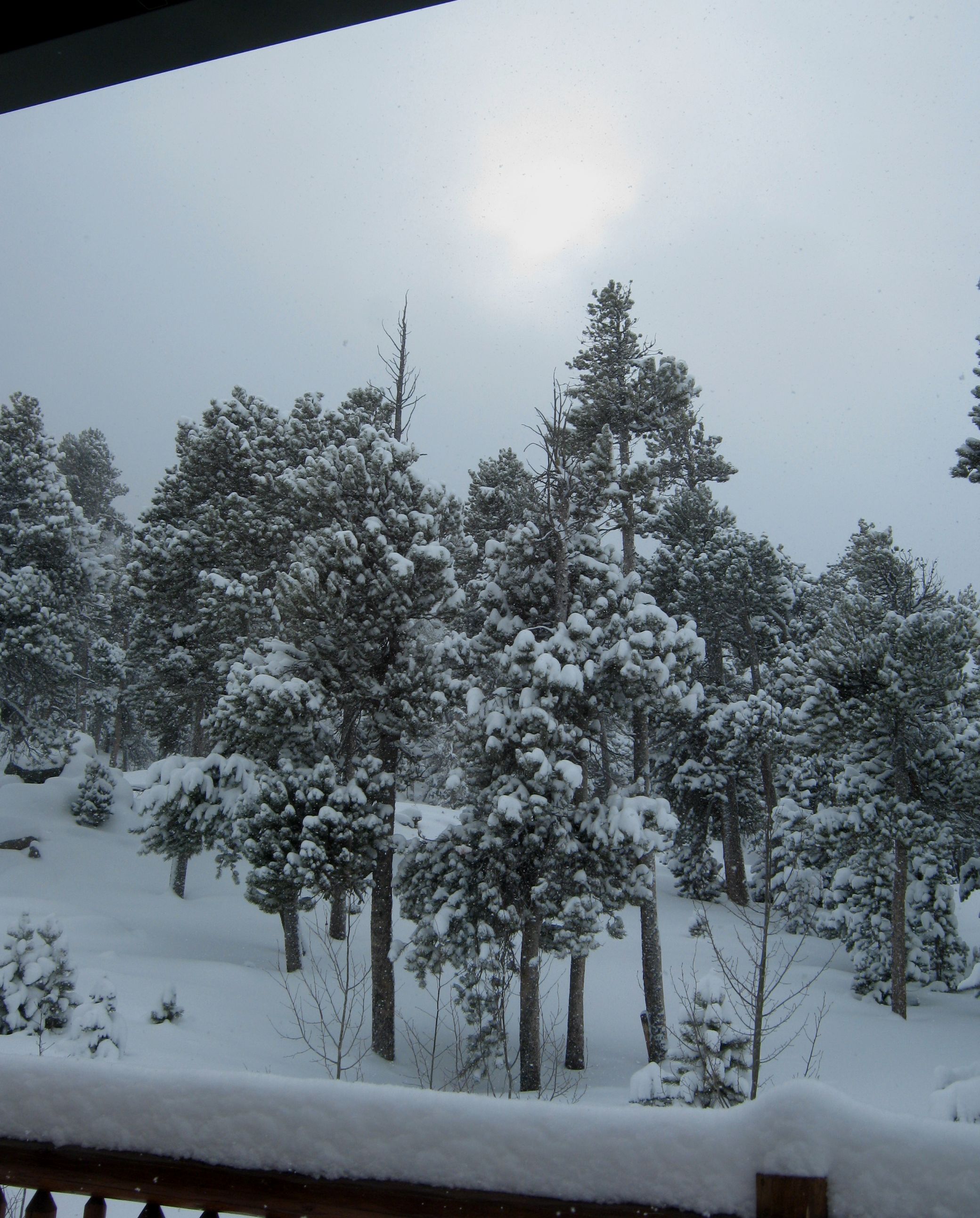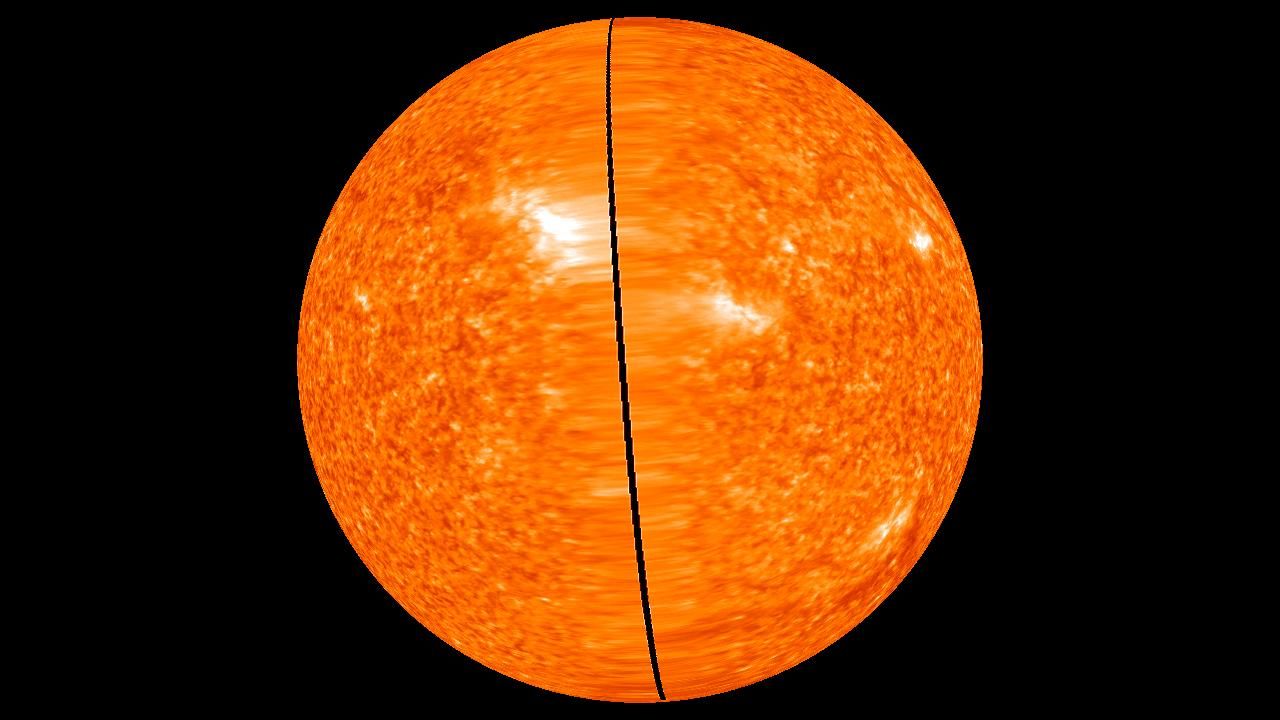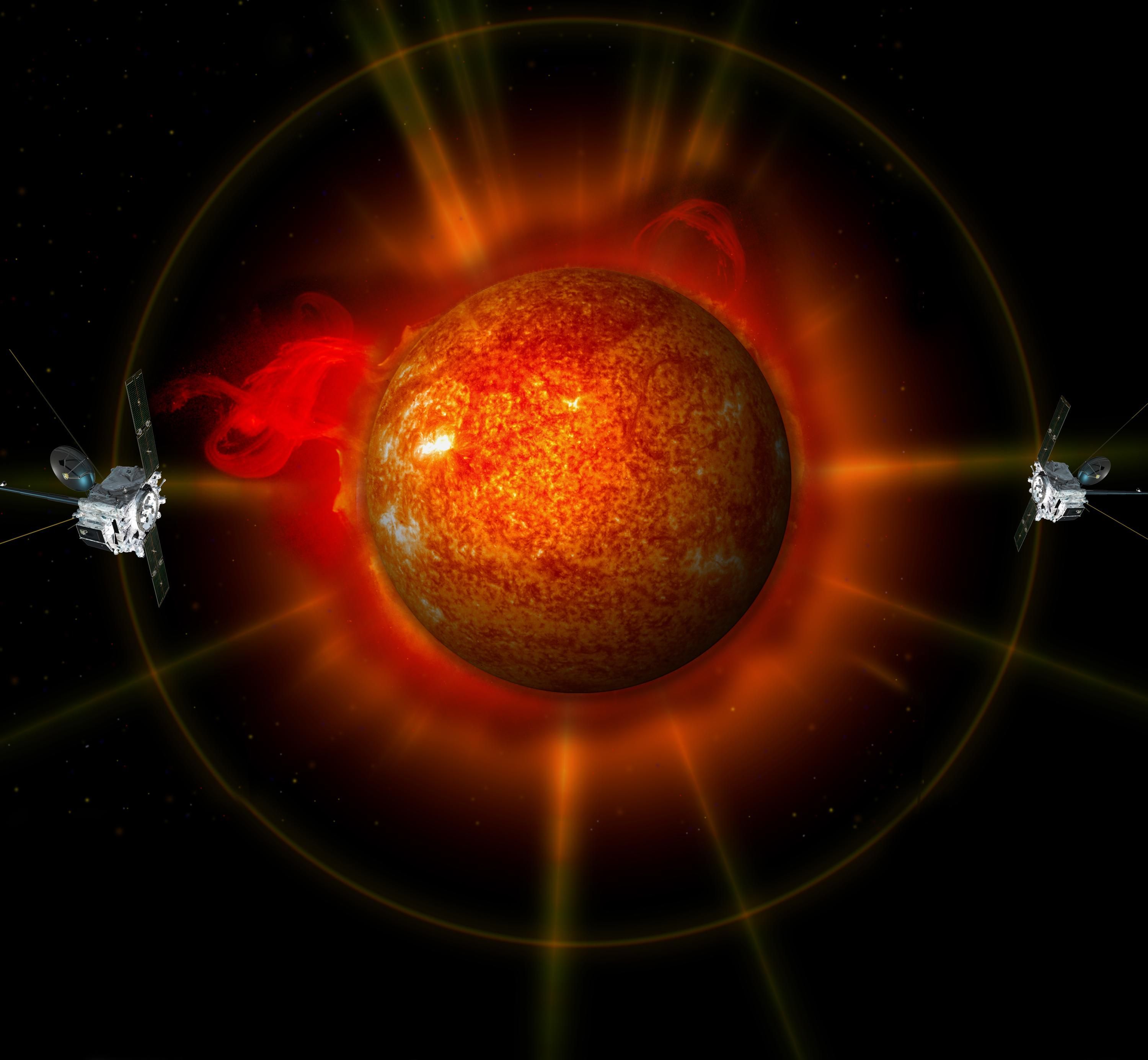Two Perspectives

Okay, everybody and his or her cat is jumping on this story about the Sun today — and for several good reasons: 1) it’s great science about our nearest star and 2) it’s freaking cold out throughout much of the U.S. (and probably the rest of the Northern Hemisphere, and some of us will take any Sun we can get.
We get irrationally attached to that bright thing in the sky during the cold winter months — it’s our lifeline, the source of our warmth, and the hottest thing in the solar system. Small wonder we look for it after a few days of snow and when it shows up, some of us go outside and marvel at it (and the snowplows, who come, tank-like, to liberate us) after the storms.
But, there’s another perspective we can take on the Sun — and that’s our study of it as a star. Sure, we all know it’s a giant sphere of superheated gases, plasmas if you will. And that heat is what powers the solar system, warms our planet, and bathes us in light.
That scientific perspective is what fuels today’s release of the STEREO mission’s first (darned-near-180-degree) view of the Sun. It shows us our nearest star in virtual stereo quality, as seen by two spacecraft that are studying it from opposite sites of Earth’s orbit.

In the next few days, the STEREO spacecraft will be at a true 180 degrees apart (the images shown here were taken when the spacecraft were 179.7 degrees apart, and closing in on their final positions fast).
The image we see here is how STEREO sees the far side of the Sun. The first thing you notice is that line of black — that’s a data gap that will be closed when the two spacecraft are in their final positions. The true beauty of STEREO’s work is that it will allow scientists to study the Sun in true 3D. It’s a big step forward for solar physics because 3D shows us that the Sun truly is a sphere of hot plasma, and that plasma gets woven and threaded through some incredibly intricate and ever-changing magnetic fields.
The action of those magnetic fields powers the incredible activity we see on the “surface” of the Sun and in it s superheated atmosphere. STEREO’s images and data are finally giving solar physicists the ability to fly around the Sun and study it year-round.

This is because the two spacecraft are at two separate points along Earth’s orbit and they virtually DO fly around the Sun over the course of a year, giving us a long-term view of our star and its activity.
Using STEREO, it is now possible to follow the evolution of an active sunspot or flare region on the opposite side of the Sun from Earth, all by using the twin spacecrafts’ abilities to see the Sun in both hemispheres. Scientists will be able to track that active region before it rotates around to face us — giving us plenty of time to take action if the activity is going to mess with our satellites, the ISS, and power grids and telecommunications systems.
In fact, the National Oceanic and Atmospheric Administration’s Space Environment Laboratory is using data from the STEREO spacecraft to make ever-more-accurate models of outbursts from the Sun called “coronal mass ejections”. These explosions belch out huge masses of charged particles out from the Sun. They create what’s known as “space weather” — changes in the geomagnetic environment in near-Earth space. When those clouds of charged particles hit our planet’s magnetic field, the result can be as benign as a gorgeous display of northern or southern lights, or as disastrous as a power grid failure or fried satellite electronics. So, STEREO will be a huge help in predicting solar storms and helping us avoid the worst consequences of them.
Check out the STEREO web page for more images and cool videos. And, keep following this story — there’s a LOT more we’re going to learn about the Sun from the STEREO perspective!
Finally, here’s a big shout-out to my old friend and grad school office “roomie”, Dr. Lika Guhathakurta. She’s the STEREO program scientist at NASA and I imagine she’s just thrilled with the data she and her team are seeing. Hey Lika! This one’s for you!

